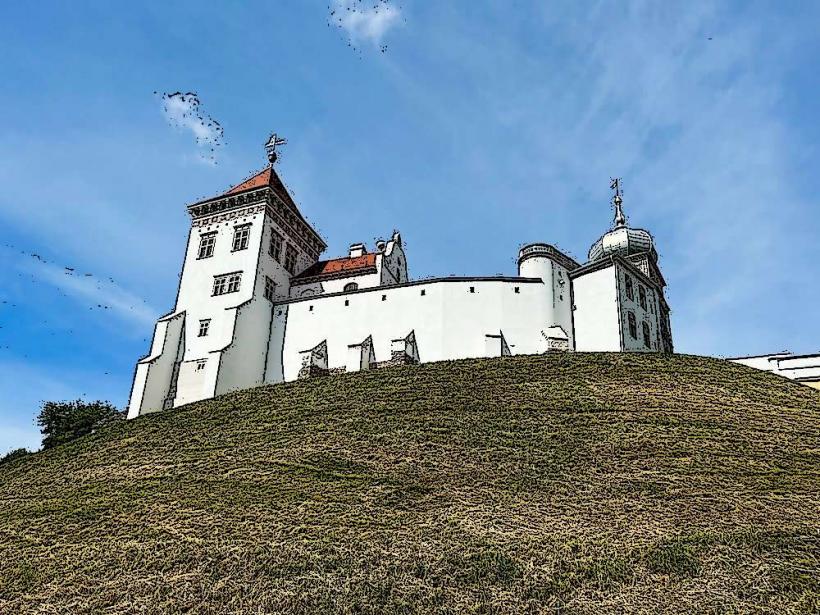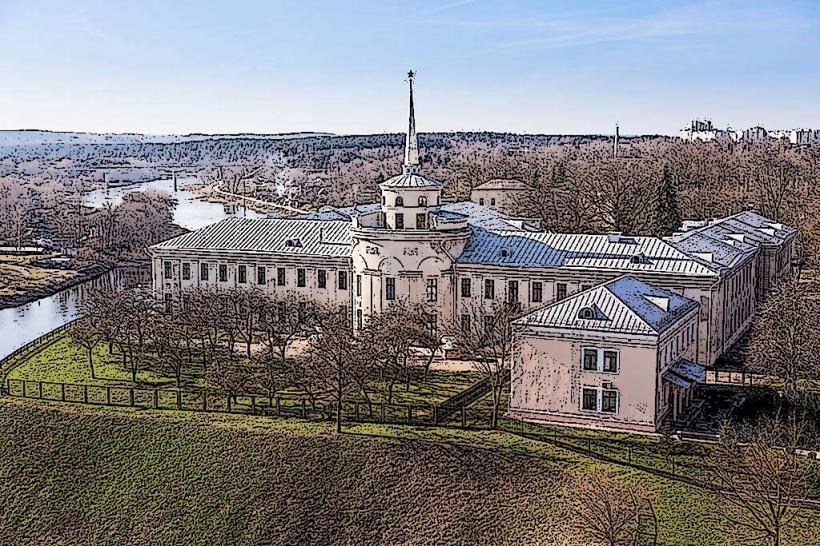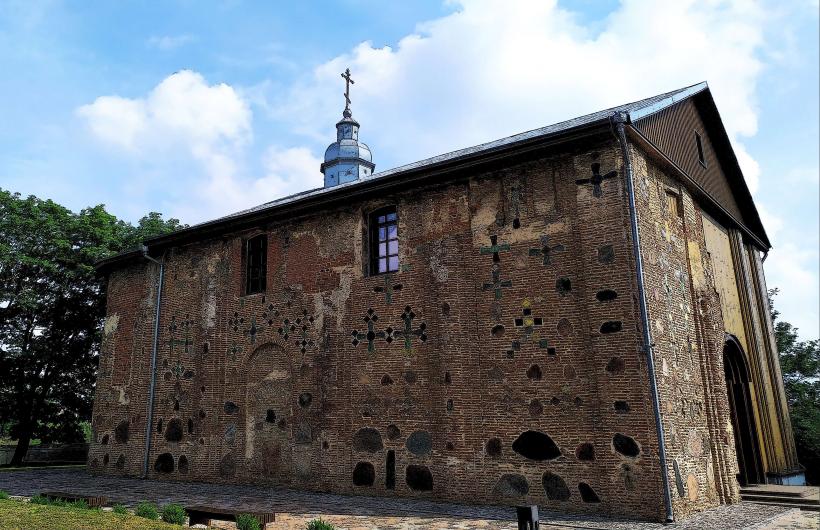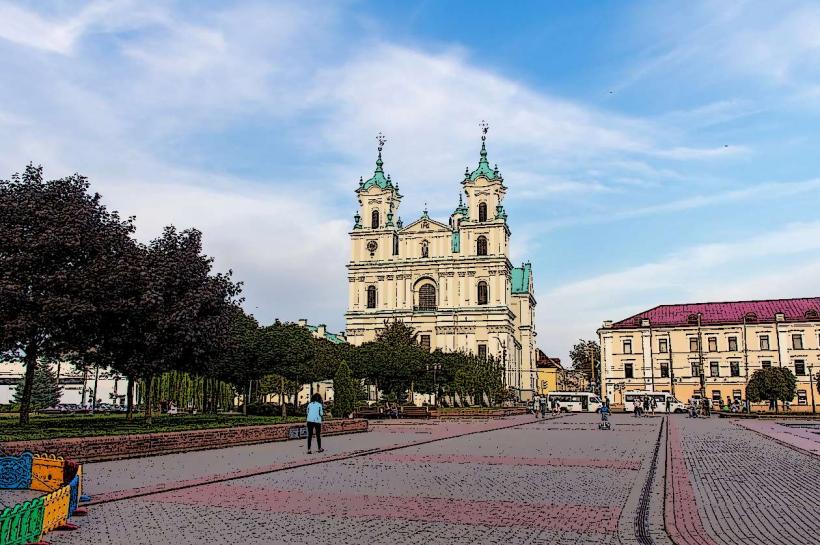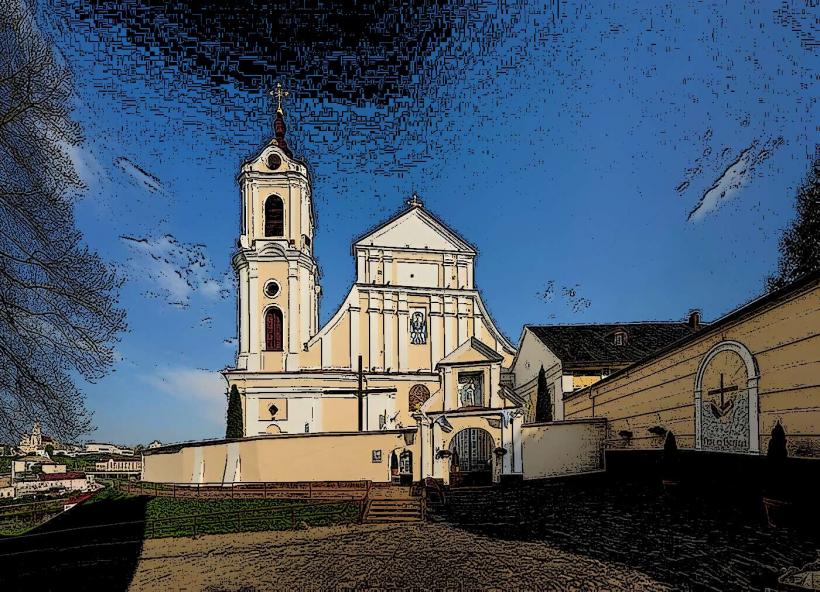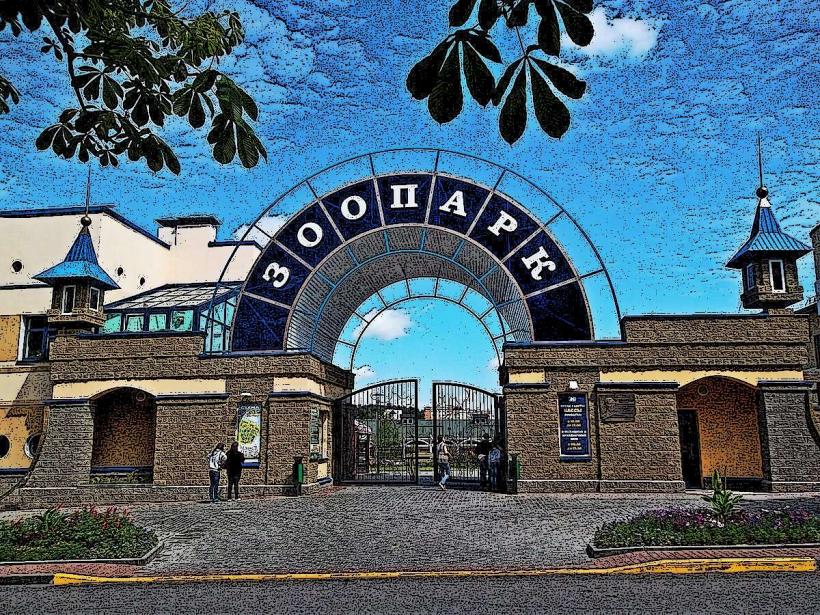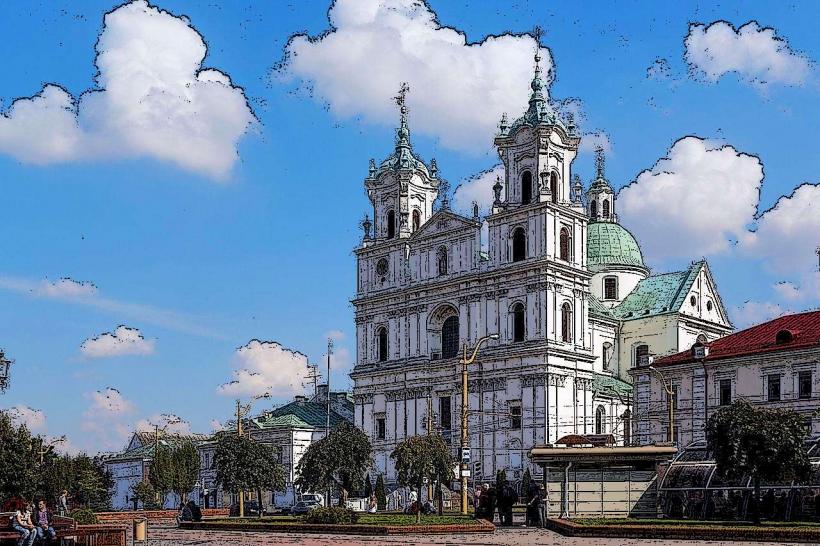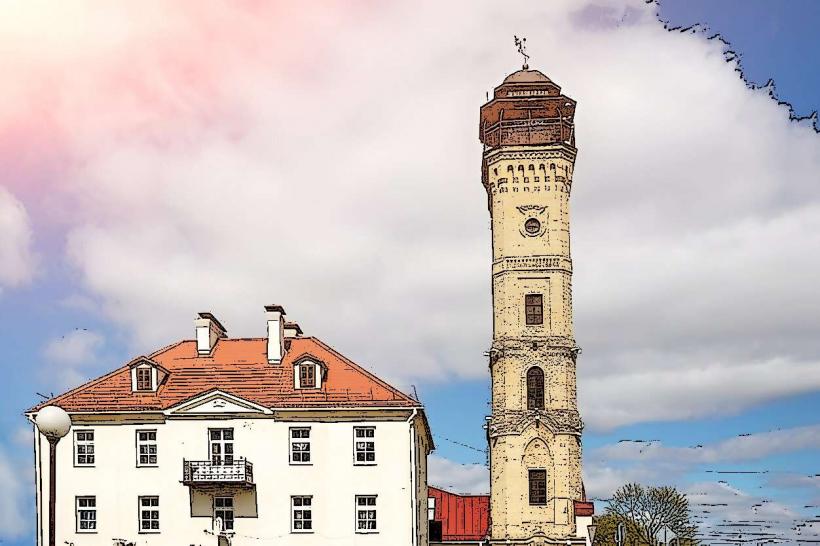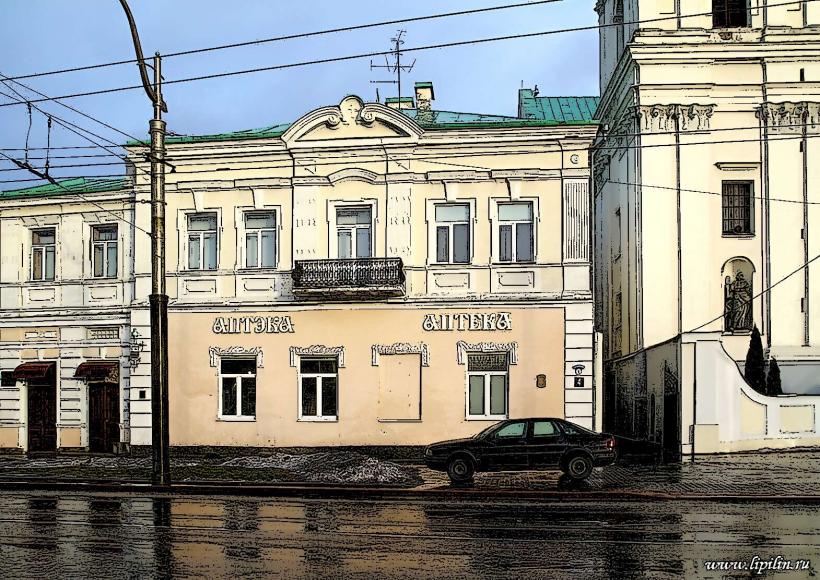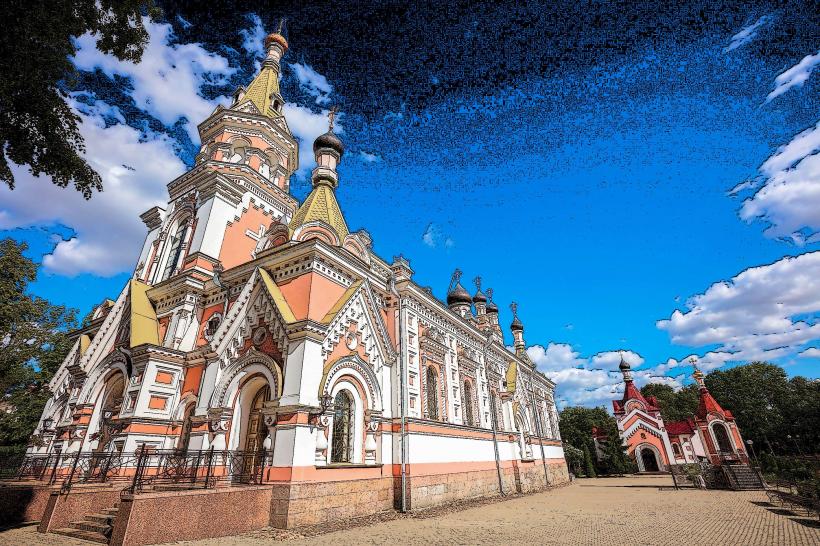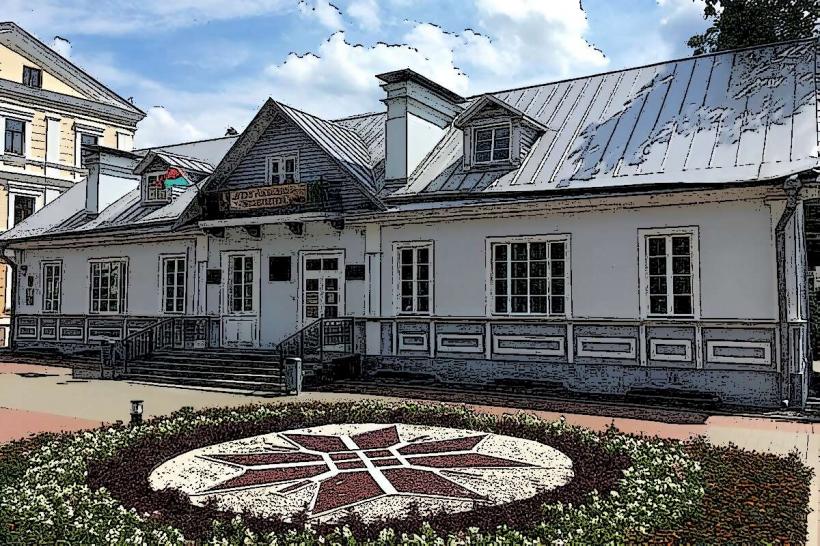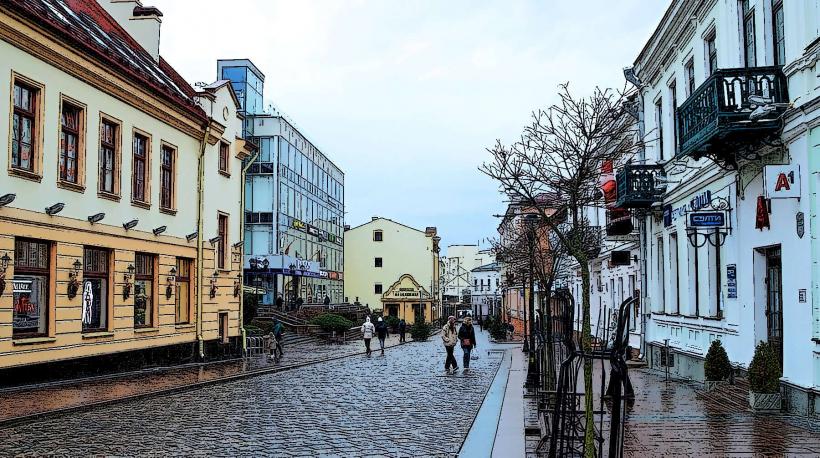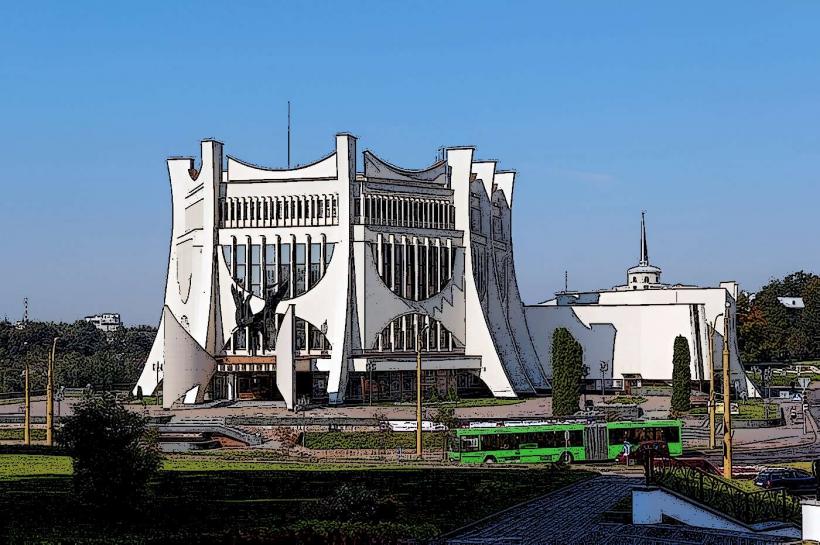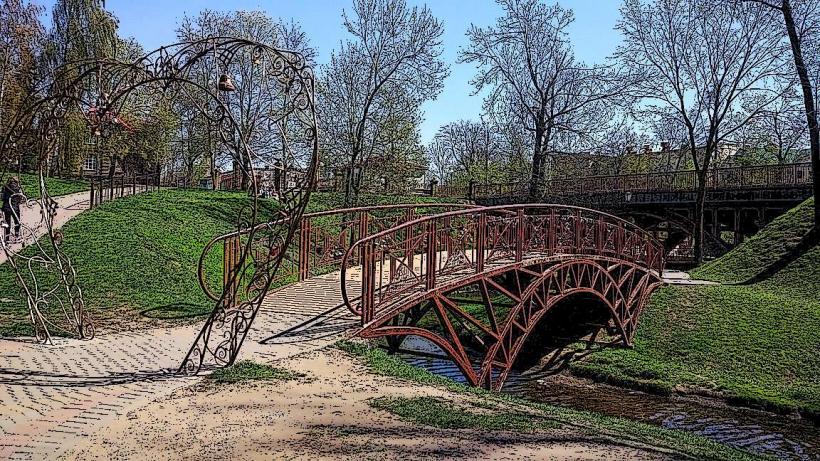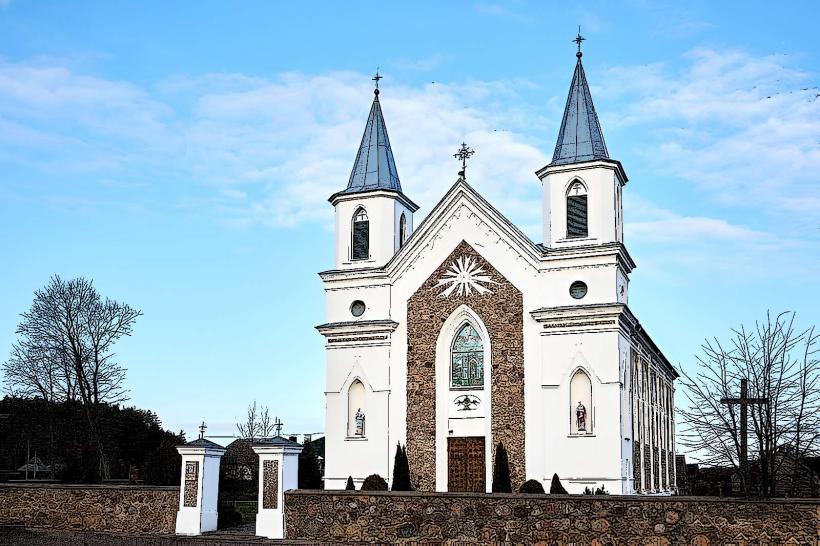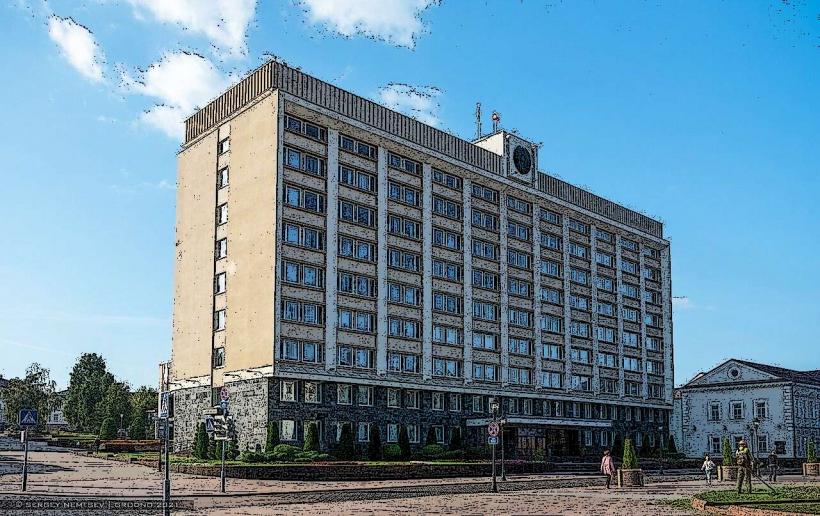Information
Landmark: Museum of Grodno HistoryCity: Grodno
Country: Belarus
Continent: Europe
The Museum of Grodno History (also known as the Grodno State Historical and Archaeological Museum) is one of the key cultural institutions in Hrodna (Grodno), Belarus, and a significant site for those interested in the rich history of the city and the region. The museum offers an extensive collection of exhibits, artifacts, and historical narratives that showcase the development of Hrodna from ancient times to the present day.
Historical Background:
Founding: The museum was established in 1912 as part of the broader effort to preserve and display the historical and cultural heritage of Hrodna, which has a long and diverse history. The museum’s creation coincided with a growing interest in preserving the historical sites and artifacts in Belarus and other parts of the former Polish-Lithuanian Commonwealth.
Location: The museum is located in the heart of Hrodna, in a historic building that dates back to the 18th century. It has been housed in various buildings throughout the years, but it remains a central hub for the study and exhibition of the history of Hrodna and the surrounding region.
Collections and Exhibits:
The Museum of Grodno History is known for its diverse and comprehensive collections that cover a broad range of historical periods, from ancient history to the modern era. The museum’s exhibits reflect the city’s position as an important cultural, political, and economic center throughout the centuries.
Archaeological Exhibits: The museum features an extensive collection of archaeological artifacts, showcasing the early history of the Hrodna region. These include tools, pottery, and other items from ancient civilizations, including the Slavic tribes and early Kievan Rus settlements that inhabited the area.
Medieval and Renaissance History: There are significant exhibits related to the medieval and Renaissance periods, including objects from the Grand Duchy of Lithuania, when Hrodna was an important city within the duchy. Artifacts from this period include coins, manuscripts, armor, and religious relics that reflect the cultural and political life of the time.
Period of the Polish-Lithuanian Commonwealth: Hrodna’s importance as a part of the Polish-Lithuanian Commonwealth is reflected in many of the museum’s exhibits. Artworks, documents, and personal items of notable historical figures from this period provide insight into the political and cultural life of the Commonwealth, as well as Hrodna’s role in the broader context of Central and Eastern Europe during this time.
19th and 20th Century: The museum also covers the history of Hrodna in the 19th and 20th centuries, including its role in the Russian Empire and the Soviet Union. Exhibits focus on the changes brought about by political upheaval, wars, and the development of modern industry. The museum also highlights the World War II period and the city’s experiences under German occupation and later Soviet rule.
Cultural Heritage: The museum also showcases the cultural history of Hrodna, including the development of its architecture, arts, literature, and music. This includes exhibits dedicated to local artists, writers, and musicians who contributed to the cultural life of the city.
Temporary Exhibitions: In addition to its permanent collections, the Museum of Grodno History frequently hosts temporary exhibitions, covering a variety of topics, from local history to contemporary issues. These exhibitions often feature collections from other museums or private collections, providing new perspectives on Hrodna's past and present.
Architecture and Layout:
The museum is housed in a historically significant building that is a part of the city’s architectural heritage. The building itself reflects the Baroque and classical architectural styles that were prevalent during the periods of Hrodna’s historical development.
The layout of the museum is designed to guide visitors through different periods of Hrodna's history, with each room or section dedicated to a specific era or theme. The exhibits are arranged in a way that allows for a chronological exploration of the city’s history, with a special focus on the city’s cultural and political milestones.
Educational Role:
Educational Programs: The museum plays a vital role in educating both locals and visitors about the rich history of Hrodna. It offers a variety of educational programs, including lectures, guided tours, workshops, and special events aimed at both children and adults. These programs provide deeper insights into the exhibits and help to contextualize the historical events and figures displayed in the museum.
Research: The museum also serves as a center for historical research. Researchers and historians can access the museum’s extensive archives and collections to study the history of the region. The museum collaborates with other institutions and scholars to promote the study of the area’s history and heritage.
Visitor Experience:
Guided Tours: Visitors can explore the museum with a guide who provides detailed explanations of the exhibits and the historical context of Hrodna’s development. This is especially useful for those who want to learn more about the intricacies of Hrodna’s past, including its role in regional and European history.
Interactive Exhibits: In recent years, the museum has begun incorporating interactive elements into its exhibits, including multimedia presentations and digital displays. These features help to engage visitors and offer a more dynamic experience, particularly for younger audiences.
Souvenir Shop: The museum has a gift shop where visitors can purchase souvenirs related to the exhibits, such as books on the history of Hrodna, replicas of historical artifacts, and local crafts.
Conclusion:
The Museum of Grodno History is an essential cultural and historical institution in Hrodna, offering a comprehensive look at the city’s fascinating past. With its diverse collections, educational programs, and interactive exhibits, it provides a deep understanding of the historical, cultural, and social developments that have shaped Hrodna over the centuries. Whether you are a history enthusiast, a researcher, or a tourist, the museum offers valuable insights into one of Belarus’s most historically significant cities.

